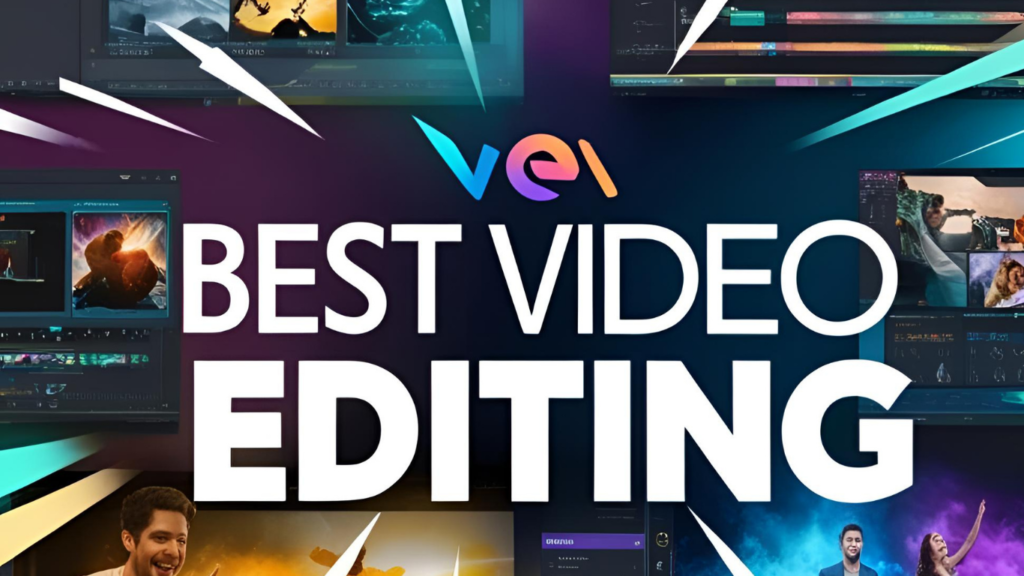
1. Include Key Keywords
Search engines prioritize titles with relevant keywords. Use terms like:
- “Video Editing”
- “Best Video Editor”
- “Professional Video Editing”
- “Free/Paid Video Editing Software”
Example:
✅ “Best Video Editing Software in 2024 – Free & Pro Tools”
2. Make It Engaging & Unique
Avoid generic titles. Instead, add:
- Numbers (e.g., “Top 10 Video Editing Apps”)
- Power Words (e.g., “Ultimate,” “Expert,” “Easy”)
- Specificity (e.g., “For YouTube,” “For Beginners”)
Example:
✅ “Ultimate Guide to Video Editing: Top 5 Tools for Stunning Videos”
3. Keep It Short (50-65 Characters)
Search engines cut off long titles. Example:
❌ “The Complete and Detailed Guide to the Best Professional Video Editing Software for Filmmakers and YouTubers in 2024”
✅ “Best Professional Video Editing Software (2024)”
4. Add a Call-to-Action (Optional)
Encourage clicks with phrases like:
- “Try Now!”
- “Download Today”
- “Learn How”
Example:
✅ “Best Free Video Editor for Beginners – Try Now!”
5. Optimize for SEO
Use tools like Google Keyword Planner or Ahrefs to find high-ranking keywords.
Best Title Examples:
- “Top 10 Video Editing Software in 2024 (Free & Paid)”
- “Best Video Editing Apps for YouTube – Expert Picks”
- “How to Edit Videos Like a Pro: Best Tools & Tips”
- “DaVinci Resolve vs. Premiere Pro: Best Video Editor?